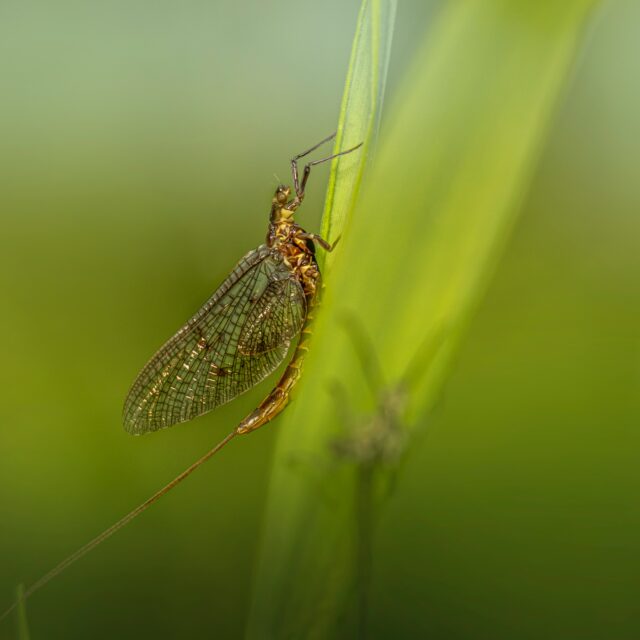
The River Ebble is a type of river called a ‘chalk stream’ and is one of Salisbury’s five rivers.
What makes the River Ebble special?
Over 80% of all the chalk streams in the world are found in southern England. Chalk streams are rich in flora and fauna and are an irreplaceable part of our natural history. They are rivers that rise from springs in landscapes with a chalk bedrock.
The water flows out of the ground and forms rivers such as the Ebble. Unlike other types of rivers, chalk streams receive little of their water from surface run off from the landscape. As a result, the water in the streams contains little in the way of organic matter and sediments, and therefore is generally very clear.
Because chalk streams are fed from ground springs, their water conditions (temperature, flow rate, minerals) are more stable season to season than other rivers.
Key characteristics:
- Very clear water
- Clean gravel and flint river bed
- Soft margins (riverbanks)
- Rich in minerals
- Stable all-year temperature
Which species does the River Ebble support?
The River Ebble supports a rich variety of animal and plant life.
Mammals: you can find mammals such as water voles and otters living on the River Ebble.
Fish: brown trout and bullhead are the most widespread species, and grayling can also be found in the river. You’ll also find freshwater shrimp living in the Ebble.
Birds: birds that commonly live along the River Ebble include the little egret, herons and kingfishers.
Plants: riverside plants include purple loosestrife, aquatic sedge and water mint. Growing inside the river you may typically find water crowfoot, starwort and river moss.
Insects: the Ebble also supports a wide variety of key insect life such as mayfly, upwing flies, caddis flies and stoneflies.
Threats to the River Ebble
The American Mink: the American Mink is an invasive non-native species that were originally brought to fur farms from North America and have subsequently escaped or been released into the wild. A single mink can destroy entire colonies of ground-nesting birds, and they also have sadly driven the population of water voles to near extinction.
Non-native invasive plants: there are a number of non-native invasive species of plants that threaten the habitats of the river. These include Himalayan balsam, Japanese knotweed and Canadian pondweed.
Pollution: road pollution threatens the river as it pours down roadside drains that lead directly into the river. Also water that runs off farmlands which can contain fertiliser, pesticides and soil.






